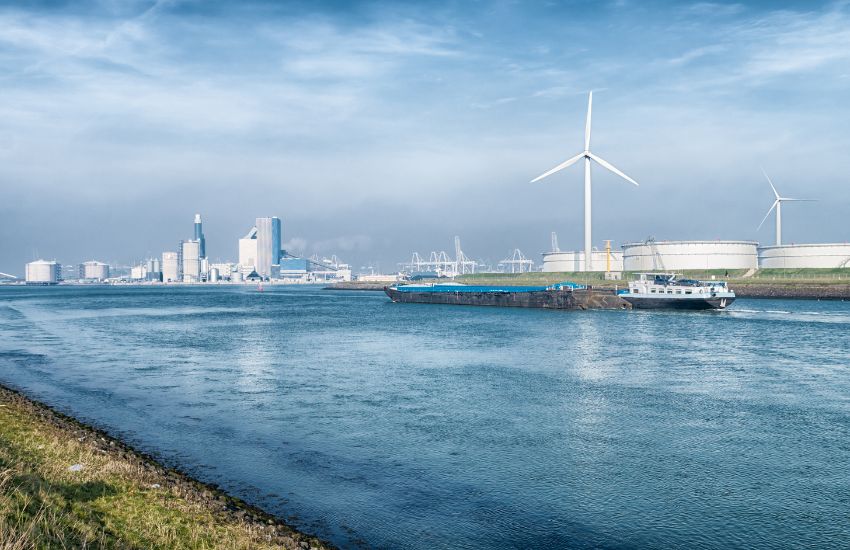Energy Transition: What Is The Impact On Big Oil?
We have been talking about reducing carbon emissions for many years, but not with the sense of urgency we see today. The world is paying greater attention to the energy transition and greenhouse gas emissions with a push to move to carbon neutrality fast. While governments start to regulate emissions, nothing will happen without political and industry objections.
This article is written by Rudi Stalmans and featured in the 2021 summer edition of Tank News International. The title of the article in the Magazine is “Shipping And Tank Storage Opportunities In A Carbon-Neutral World”.
Climate change is affecting the world, with extreme weather conditions becoming more frequent. To limit global warming to 1.5 degrees Celsius, carbon neutrality by the mid-21st century is critical. While plans introduced globally to reduce greenhouse gas emissions will increase costs, many environmentalists say they do not go far enough to slow the effects of climate change.
The Global Warming of 1.5°C, an Intergovernmental Panel on Climate Change (IPCC) special report reveals that we are already seeing the consequences of 1°C of global warming, through more extreme weather, rising sea levels, and diminishing Arctic sea ice, as examples. The report, reveals that limiting global warming to 1.5°C compared to 2°C can avoid climate change impacts. Some actions to limit global warming to 1.5°C are already underway globally, but they need to accelerate.
Big oil and the energy transition
The oil industry is feeling the pressure to cut emissions. The International Energy Agency suggests fossil fuel production has to slow down quicker than firms were anticipating. They said there could be no new investment in fossil fuel projects after this year if the world wanted to reach net-zero carbon emissions by 2050.
Pressure on the oil industry is visible. We saw a small hedge fund leading a proxy fight to oust some ExxonMobil board members over their climate change approach. A Dutch court ordered Shell to cut its greenhouse gas emissions by 45 percent from their 2019 levels by 2030, finding its original commitment insufficient. We have also seen Total reinventing and rebranding itself into TotalEnergies. Shareholders voted overwhelmingly in favor of the change and approved the shift to renewables. The oil industry will go through an undisputed transformation in the coming years.
Investing in environmental projects
Offset emissions made in one sector by reducing them somewhere else is one way to work toward carbon neutrality. Big Oil and other companies can invest in environmental projects around the world to balance out their carbon footprint.
There are three steps in this process. The first step is to calculate carbon emissions and other greenhouse gases from all activities. The second step is to reduce emissions wherever possible by becoming more efficient. The third and final step is to balance the remainder by purchasing carbon offsets.
By supporting carbon offset projects, a business can offset unavoidable emissions and reduce the overall environmental impact. Carbon offsetting is a legitimate way to finance carbon reductions and is deemed crucial in achieving the goals set by the Paris Agreement on climate change.
Continue to read part 2 of this article – “A Carbon Neutral World: What Are The Opportunities For Shipping And Tank Storage?“.
Photo Credit: Canva

